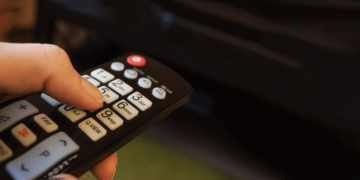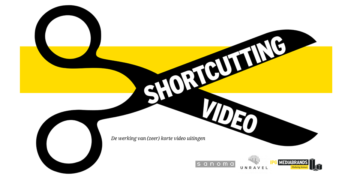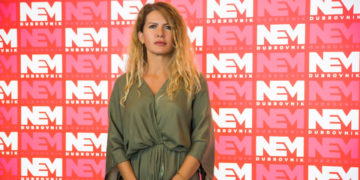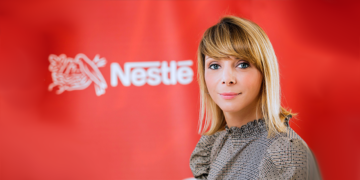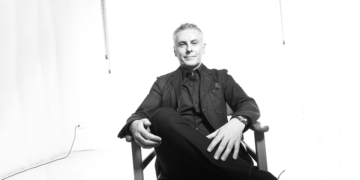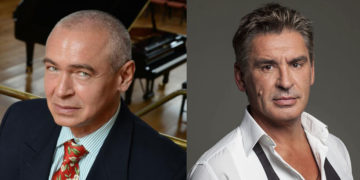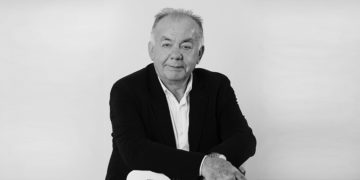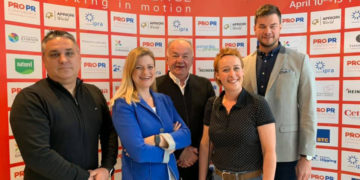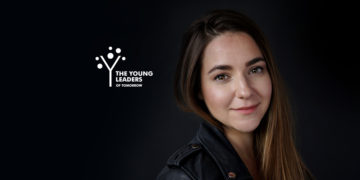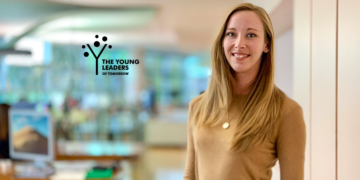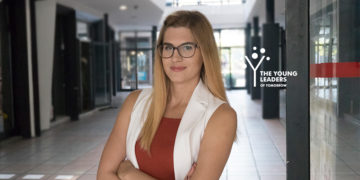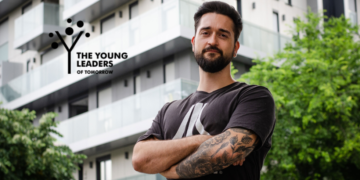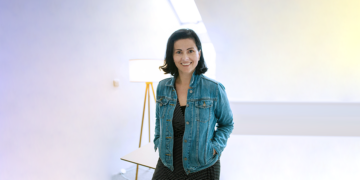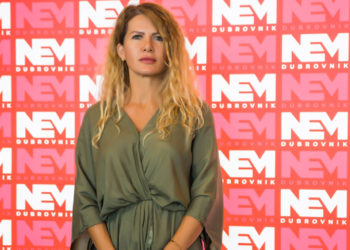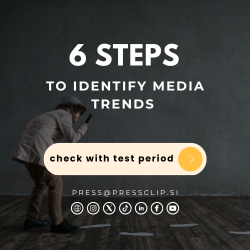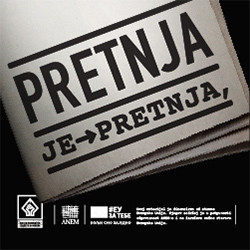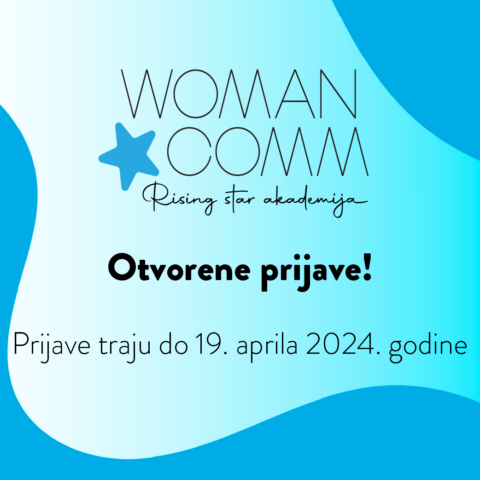Drugi jezik na kojem je dostupan ovaj članak: Bosnian
They say advertising is a man’s game, and it’s fair to say that the industry is dominated by men. The 3 percent conference tries to bring this injustice to light, highlighting the fact that only 3 percent of creative directors are women. However, despite the overwhelming odds, some women have blazed a trail in advertising, leaving an indelible mark that will put their names down as some of the industry’s greatest influencers.
While there have been many successful women in advertising over the years, at every position and level in the industry, this list focuses on those who were involved in the creative side of the business; women who were responsible for copywriting, art direction, creative direction, and creative strategy. These women towered over many of their male colleagues, in times when being a woman in this industry was considered a considerable handicap to success. Get to know them well, because they paved the way for many of the successful women who are working today.
Mary Wells Lawrence
You cannot talk about women in advertising without saying the name Mary Wells Lawrence. Born in 1928, in Youngstown, Ohio, Lawrence is perhaps most famous for being the first female CEO of a company listed on the New York Stock Exchange. However, her influence on advertising was phenomenal, and even if you don’t know her name, you certainly know some of her work. Lawrence began her career as a copywriter at McKelvey’s department store. But she relocated to New York City, and in 1953 became a copywriter and group copy head at McCann Erickson.

Just four years later she joined Doyle Dane Bernbach, and agency on the rise that would become one of the most influential in the history of advertising. One of her most notable campaigns was “Plop, plop, fizz, fizz” for Alka Seltzer. Lawrence actually suggested that the ad show two tablets being put into the glass, implying that people use two each time they take the remedy. This sold even more Alka Seltzer as a result. Other campaigns include: “I can’t believe I ate the whole thing” and “Try it, you’ll like it” for Alka Seltzer; “I LOVE NY”; “Trust the Midas touch” for Midas; “Raise your hand if you’re Sure” for Sure Deodorant.
After DDB, Lawrence went to work for Jack Tinker and his agency, Jack Tinker and Partners. This was a revolutionary agency, which was really more like a think tank, and became known around the world as “Tinker’s Thinkers.” One Lawrence campaign that emerged was “The End of the Plain Plane” for Braniff International Airways. The campaign was critical to the turnaround and eventual success of the airline.
When asked about her creative process, Lawrence replied “You can’t just be you. You have to double yourself. You have to read books on subjects you know nothing about. You have to travel to places you never thought of traveling. You have to meet every kind of person and endlessly stretch what you know.”
Phyllis Kenner Robinson
Born in 1921 in New York City, Phyllis Kenner Robinson is another woman who created some of the best work ever to come out the golden age of advertising. Although earning a bachelor’s degree in sociology from Barnard College, Robinson actually wanted to be a writer. After starting her career at Bresnick and Solomont, she joined Grey Advertising. It was here she would meet a certain William Bernbach, who went on to found Doyle Dane Bernbach; Robinson and her art director Bob Gale were there from the very beginning.

Robinson was DDB’s first-ever chief copywriter, supervising a team that included Mary Wells Lawrence, who joined the firm in 1957. During her tenure at DDB, Robinson oversaw a vast number of campaigns that are still remembered to this day, included the legendary “You don’t have to be Jewish to love Levy’s Real Jewish Rye” campaign for Henry S Levy and Sons. Other notable clients included Orbach’s, Polaroid, El Al Airlines, and Volkswagen. In fact, it was the work on Orbach’s that brought the VW Beetle to DDB, with a VW executive saying “we want the agency that does Orbach’s.” The Beetle campaign is considered the greatest of all time, and kick-started a creative revolution.
Tiger Savage
With a name like Tiger Savage, how could you not do well in advertising? After training at the School of Communication Arts, under the mentorship of the great Paul Arden, Savage joined the highly creative shop Simons Palmer Denton Clemmow & Johnson. Here she worked on blue chip giants like BT, Nike, and Virgin. Then, she moved on to the powerhouse Bartle Bogle Hegarty, winning numerous awards for work on Coca-Cola, Levis, and Unilever. Her infamous The Lynx Effect (The Axe Effect in the U.S.) is one of the most recognized campaigns in modern advertising.

After BBH, Savage moved on to Leagas Delaney, followed by M&C Saatchi. It was here that she spent the bulk of her career, resigning after 11 years to become a consultant. She cites her long hours as the reason, saying “I think we [women] have to work twice as hard because there’s a lot of testosterone in creative departments. And then it’s the hours. It’s difficult if you have kids. I don’t have children, which might say a lot without saying anything. It makes me sad sometimes.” She is now the co-founder of Savage & King Ltd, with her husband Will King.
Jean Wade Rindlaub
Born in 1904 in Lancaster, Pennsylvania, Jean Wade Rindlaub was one of the first ever women to become a major advertising executive. Rindlaub moved to New York City in 1930 to follow her dream of working in advertising. Within just a month, she began working at the prestigious agency called Batten, Barton, Durstine & Osborn (better known today as BBDO), as a secretary. However, her ambition was huge and she was quickly promoted to the position of copywriter for her expert insights into women and the female perspective (something that was mirrored in the plot of TV’s “Mad Men”). And she not only executed brilliant campaigns but did extensive research to target the real needs of women.

Some of her most memorable campaigns include those for Bond Bread, Enna Jettick shoes, Campbell’s Soup, Carter’s Clothing, General Mills, and United Fruit Company. However, her work for Oneida during World War II is some of her most memorable and impactful. “Back Home for Keeps” was not just an ad campaign, but a real symbol of hope. Rindlaub was abducted into the Advertising Hall of Fame in 1989.
Helen Lansdowne Resor
At the turn of the 20th century, a company called World Manufacturing Co., a maker of toilet preparations hired Helen Lansdowne straight out of high school. It was the start of a series of career moves that would bring Lansdowne into the advertising world as a copywriter, By 1908, Stanley Resor (who would later marry Lansdowne) opened a Chicago branch of J. Walter Thompson Co., and hired Lansdowne as the agency’s first female copywriter. This was no small achievement at that time when women were not usually considered for roles like this in advertising.

From that role, Lansdowne became a phenomenally successful advertiser and marketer, producing campaigns for clients including Crisco, Woodbury Facial Soap, Pond’s Cold Cream, the Red Cross, the YMCA, and the government. Lansdowne pioneered several forms of advertising that are still used to this day, including advertorials that promote products while resembling the surrounding editorials. She also brought Norman Rockwell into JWT as an illustrator. Lansdowne had a massive influence on the future of advertising, and was inducted into the Advertising Hall of Fame in 1967. And the Helen Lansdowne Scholarship continues to help women get creative roles in advertising to this day.
Bernice Fitz-Gibbon
Born in 1894, Bernice Bowles “Fitz” Fitz-Gibbon grew up on a farm in Waunakee, Wisconsin. She earned a degree from the University of Wisconsin-Madison and worked at small newspapers before moving to New York City in 1926. Here, she worked on the Macy’s account, and was responsible for the tagline “It’s smart to be thrifty.” Her command of the English language, coupled with her wit and intelligence, made her a powerful force in the advertising industry.

During her long career of over 40 years, she initiated a revolution in-store promotions, creating some of the most memorable ads and taglines ever written. Fitz-Gibbon believed her greatest accomplishment in that time was in retail advertising, creating something called “build up.” This was a technique that used the small spaces at the top of newspaper ads to tell positive stories about the stores. Her skill with words became something of a legend, and as she taught fresh young talent how to write, being “Fitz-trained” was something you could boast on your resume. Fitz-Gibbon was inducted into the Advertising Hall of Fame in 1981.
Shirley Polykoff
Born and raised in Brooklyn in 1908, Shirley Polykoff started her career in the magazine industry as a teenager. She worked at Harper’s Bazaar, before moving on retail stores including Bamberger’s and Kresge. But in 1955, her career really took off when she landed a job at Foote, Cone & Belding. Here, she took over the Clairol account and created one of the most successful campaigns in the history of advertising. The epic line “Does she—or doesn’t she?” for Clairol was impossible to ignore, and had a profound effect on American women. Before the campaign, 7 percent of women in the US dyed their hair. After, it was more than 50 percent, and sales of tints and dyes increased from $25 million to more than $200 million.

Results like that made Polykoff a valuable asset to FC&B, and she rose through the ranks to become executive vice president and creative director. After leaving FC&B, Polykoff started her own agency, and once again, her expert guidance made the company millions of dollars. Polykoff was awarded Advertising Woman of the Year in 1967 and was inducted into the Advertising Hall of Fame in 1980.

